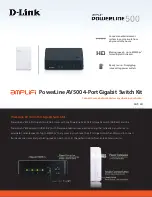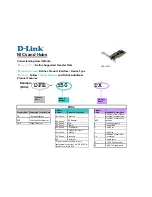
7. Remote Programming
This section describes the commands that are available for remote programming. Any
language/framework that is capable of handling such instructions can be used for programming the
BIT-2100.
Alternatively, you can use the Keysight Interactive IO tool, which is part of the Keysight IO Libraries.
General Syntax
SCPI commands consist of the following parts:
•
a header, which consists of mnemonics
◦
each mnemonic is preceded by a colon, where the first colon is optional
◦
a mnemonic may require an integer index, which is indicated by a
#
symbol in the
documentation
•
the header can be followed by a question mark, making it a query
•
zero or more parameters
◦
if any parameters are given, the first argument is preceded by a white-space
◦
if multiple parameters are given, they are separated by commas
There are also a few IEEE-488 commands, which start with an asterisk instead of a semicolon.
Multiple commands can be concatenated into a transaction, by separating them with semicolons.
However, note that the leading colon for subsequent commands is not optional anymore: if it is
omitted, it is assumed that the preceding mnemonics are the same as for the first command.
Mnemonics are documented with an upper-case part and a lower-case part. You can either use only
the letters in upper-case, or all letters together. The instrument handles the mnemonics case-
insensitive.
Note that in this document, explicit line breaks are printed in C-syntax: line-feed characters (ASCII
code 10) are printed as \n, carriage-return characters (ASCII code 13) are printed as \r.
Note that optional parts of the SCPI syntax are documented in square brackets
[ ]
, and parameters
are documented in angle brackets
< >
. Parameter selections are documented with pipes
|
in
between
.
Data Formats
The following argument types are supported:
•
strings
•
integers
•
Boolean flags
•
keywords
Strings
Strings are always quoted with double-quotes (").
Example:
"some string"
.
BIT-2100B User Manual
23
















































